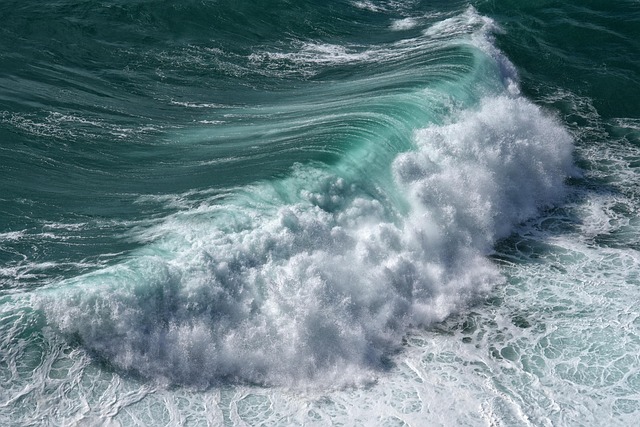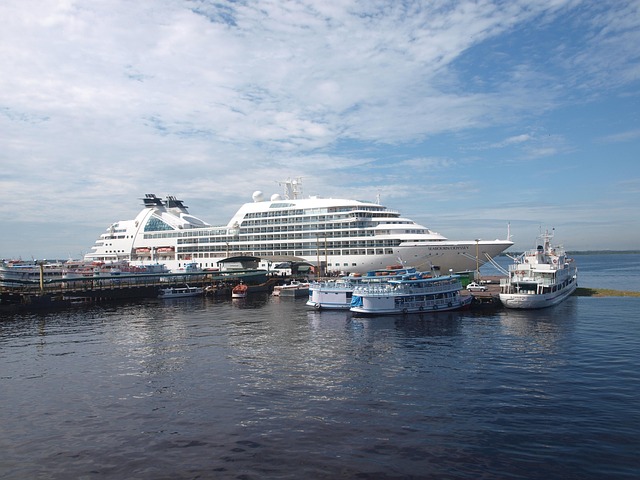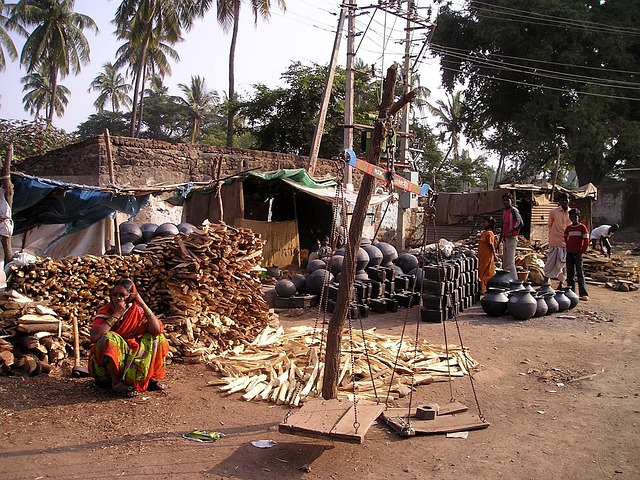
Antarctic Convergence a Level Geography
Understanding the Antarctic Convergence
The Antarctic Convergence, also known as the Antarctic Polar Front, is not just a fancy term you might find in a geography textbook. It’s a real-life oceanic boundary that plays a significant role in our planet’s climate and marine ecosystems. Picture this: a chilly belt of water encircling Antarctica, where the cold, northward-flowing Antarctic waters meet the relatively warmer waters of the sub-Antarctic. It’s like a marine version of an awkward family reunion where everyone is trying to find their place!
Where Is It? And Why Should You Care?
Spanning approximately 32 to 48 kilometers (or 20 to 30 miles) wide, the Antarctic Convergence varies in latitude seasonally, stretching across the Atlantic, Pacific, and Indian Oceans between the 48th and 61st parallels of south latitude. This dynamic boundary is not just a geographical curiosity; it’s a crucial zone that separates the clockwise Antarctic circumpolar current from the rest of the world’s oceans. Think of it as the bouncer at the club of ocean currents—only the cool currents get in!
A Brief History
History buffs might find it interesting that the Antarctic Convergence was first crossed by explorers Anthony de la Roché in 1675 and Edmond Halley in 1700. It wasn’t until the British Discovery Investigations and the German Meteor Expedition in the late 1920s that this enigmatic boundary was first described in detail. They probably didn’t have Instagram to document their journey, but hey, they had maps!
The Science Behind the Convergence
So, what makes this convergence so special? The mixing of cold and warm waters creates a nutrient-rich environment that is a hotspot for marine life. This is where the magic happens: phytoplankton bloom, attracting krill, which in turn becomes a feast for whales, seals, and seabirds. It’s like a buffet for the ocean’s wildlife, and everyone is invited! 🍽️
Climate Impact
The Antarctic Convergence also plays a significant role in regulating the Earth’s climate. By influencing ocean currents and temperatures, it helps to control weather patterns not just in the Southern Hemisphere but globally. If you ever wondered why your weather app sometimes gets it wrong, it might be because of these complex interactions. Blame it on the convergence, not the meteorologist!
Fun Facts
- Dynamic Boundary: The northern boundary of the Antarctic Convergence varies, making it a constantly shifting line in the ocean.
- Wildlife Haven: This area is a crucial breeding ground for many species, including penguins, seals, and various seabirds.
- Historical Crossings: The first documented crossings were quite the adventure, involving rough seas and possibly questionable navigation skills.
- Global Significance: The convergence impacts not just local ecosystems but also global climate patterns.
Conclusion
The Antarctic Convergence is more than just a geographical feature; it’s a vibrant ecosystem that supports a plethora of marine life and plays a vital role in our planet’s climate system. Next time you hear about this fascinating boundary, remember the cold waters meeting the warm ones, creating a unique environment that is crucial to life on Earth. Who knew geography could be so cool? 🌊

















 List of Semi Automatic Shotguns
List of Semi Automatic Shotguns 
 Health
Health  Fitness
Fitness  Lifestyle
Lifestyle  Tech
Tech  Travel
Travel  Food
Food  Education
Education  Parenting
Parenting  Career & Work
Career & Work  Hobbies
Hobbies  Wellness
Wellness  Beauty
Beauty  Cars
Cars  Art
Art  Science
Science  Culture
Culture  Books
Books  Music
Music  Movies
Movies  Gaming
Gaming  Sports
Sports  Nature
Nature  Home & Garden
Home & Garden  Business & Finance
Business & Finance  Relationships
Relationships  Pets
Pets  Shopping
Shopping  Mindset & Inspiration
Mindset & Inspiration  Environment
Environment  Gadgets
Gadgets  Politics
Politics 